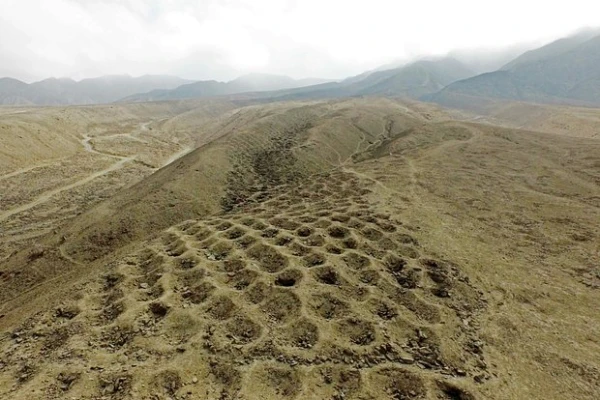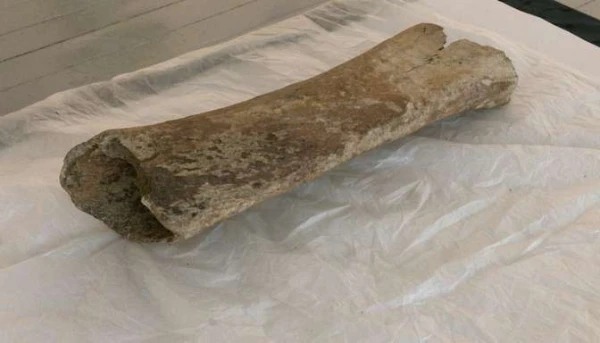
The mysterious pits of Monte Sierpe turned out to be part of an ancient marketplace.
Archaeologists from the University of Sydney have for the first time proposed a convincing explanation for one of the most enigmatic ancient structures in South America — Monte Sierpe, a complex of more than 5,200 identical pits carved into the crest of a hill in southern Peru. Since its discovery in 1933, the site has astonished with its scale and mystery; however, a study published in the journal Antiquity now suggests that it may have served two functions simultaneously — as a marketplace and an accounting system.
The team led by archaeologist Jacob Bongers conducted drone surveys and analyzed the deposits within the pits. The samples revealed starch grains and pollen from corn, amaranth, grains, and squash, as well as remnants of reeds and willows, which were used to make baskets. These findings indicate that in ancient times, the pits stored products and goods delivered by maritime traders and llama caravans — likely serving as a marketplace for the peoples of the Chincha culture that existed before the arrival of the Incas.
Later, around the 15th century, when the Inca Empire arrived in the region, Monte Sierpe may have been reinterpreted and used as a grand accounting system. Scholars noted that the arrangement of the pits forms blocks that structurally resemble a quipu — the famous accounting system of the Incas, which they used to keep track of taxes and supplies.
According to the researchers, Monte Sierpe represented a social technology that combined trade, control, and exchange rituals. This structure demonstrates how the engineering mindset and economic organization of ancient civilizations transformed the landscape into a means of communication.
It was previously reported that the largest known Maya monument — the Aguada Phoenix complex in Mexico's Tabasco — was built about three thousand years ago as an architectural model of the universe.













